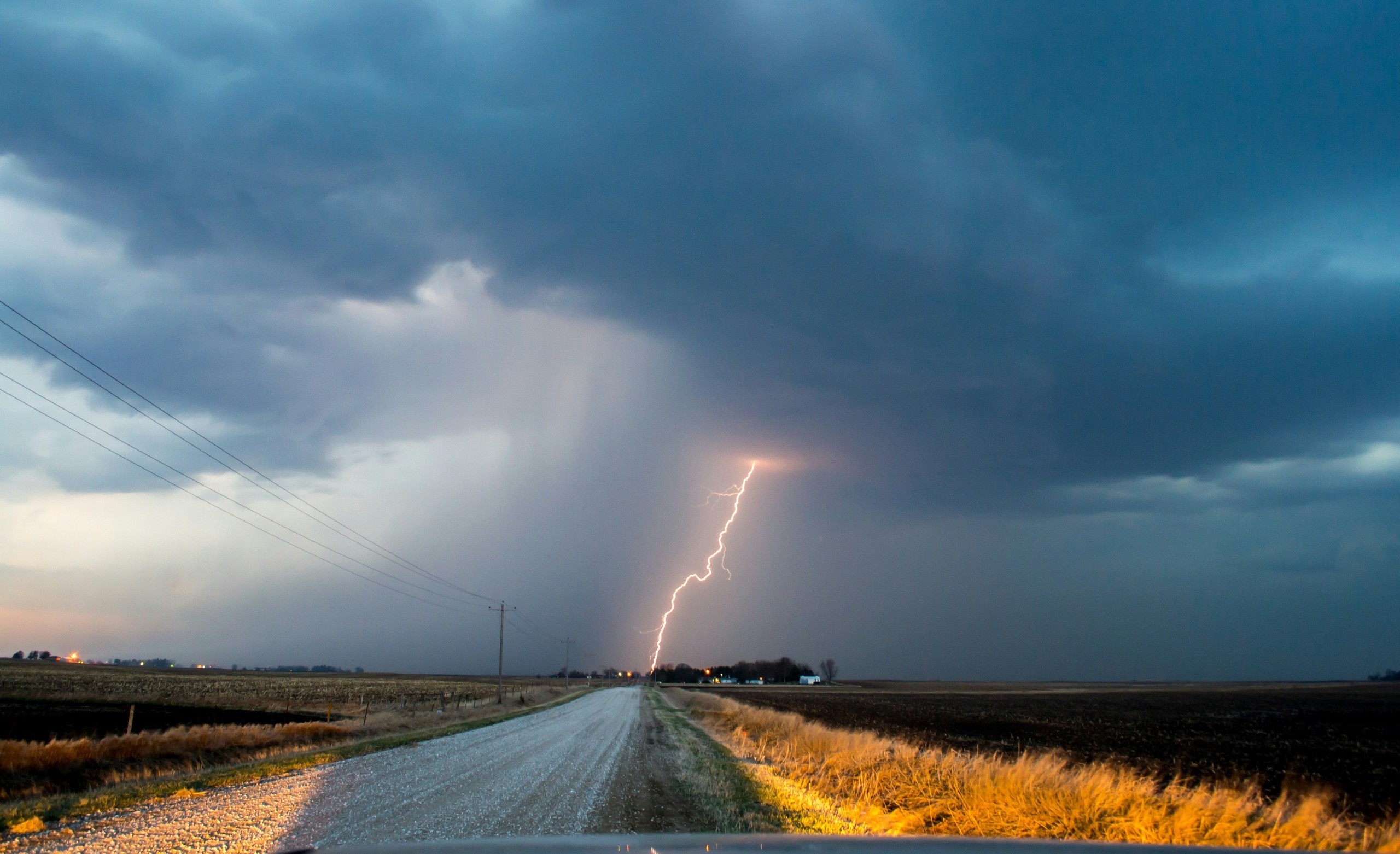
Surviving A Lightning Strike
In this blog post, we will delve into the electrifying topic of surviving a lightning strike. Picture this: you’re out enjoying a beautiful summer day when suddenly dark clouds roll in, thunder roars, and lightning strikes.
The crackling energy of a lightning bolt can be both awe-inspiring and terrifying. From understanding the dangers to learning precautionary measures and hearing real-life stories of survival, let’s explore how to stay safe when Mother Nature unleashes her powerful electrical fury.
Understanding the Dangers of Lightning Strikes
Lightning strikes are not just flashy natural phenomena; they pose serious dangers to anyone caught in their path. The intense heat from a lightning bolt can reach temperatures hotter than the surface of the sun, causing severe burns and potential internal injuries to humans. In addition to the heat, the electrical current carried by lightning can disrupt the body’s own electrical systems, leading to cardiac arrest or nerve damage.
Furthermore, lightning strikes can easily ignite fires if they hit flammable materials like dry grass or trees. These fires can quickly spread and cause widespread destruction. It’s crucial to understand that even if you’re indoors during a thunderstorm, you’re still at risk as lightning can travel through plumbing and wiring systems.
Being aware of these dangers is essential for staying safe during stormy weather and knowing how to protect yourself and others from the devastating effects of a lightning strike.
Precautionary Measures to Take
When it comes to lightning strikes, prevention is key. Taking precautionary measures can significantly reduce the risk of being struck by lightning during a storm. One important step is to stay informed about weather forecasts and be aware of any approaching storms in your area.
If thunder rumbles, don’t hesitate to seek shelter immediately. If you are outdoors and can’t find a sturdy building, avoid open fields, tall trees, or bodies of water as these are high-risk areas for lightning strikes. Instead, look for a low-lying area away from metal objects.
If indoors during a storm, stay away from windows and doors to prevent potential injury from shattered glass due to a nearby strike. Unplug electronic devices to avoid damage from power surges caused by lightning.
Remember that no place outside is safe during a thunderstorm; always prioritize seeking proper shelter until the storm passes.
What to Do During a Lightning Storm
When a lightning storm strikes, it’s crucial to prioritize safety above all else. If you find yourself outdoors during a thunderstorm, seek shelter immediately in a sturdy building or hard-topped vehicle. Avoid open fields, isolated trees, and bodies of water as they attract lightning.
If indoors when lightning threatens, stay away from windows and doors to prevent potential injury from electrical surges. Unplug electronic devices to avoid damage in case of a power surge. Refrain from using plumbing fixtures or landline phones during the storm as they can conduct electricity.
Remember, if you can hear thunder, you are within striking distance of lightning – so take precautions seriously. Stay informed about weather conditions through reliable sources and always have an emergency plan in place before severe weather hits. Your safety is paramount when facing the unpredictable forces of nature during a thunderstorm!
Post-Strike Survival and Recovery Tips
After surviving a lightning strike, it’s crucial to prioritize your well-being in the aftermath. Seek immediate medical attention even if you feel fine as internal injuries can be present. Remember, lightning strikes can cause cardiac arrest and other serious health issues that may not be immediately apparent.
Take note of any physical or emotional changes post-strike. Some survivors experience symptoms like memory loss, difficulty concentrating, or mood swings. Don’t hesitate to reach out for professional help if needed. Rest and allow yourself time to recover both physically and emotionally.
It’s normal to feel shaken up after such a traumatic event. Surround yourself with supportive friends and family who can provide comfort during this challenging time. Stay informed about potential long-term effects of being struck by lightning.
Follow up with healthcare providers regularly to monitor any lingering health issues that may arise from the incident. Remember, self-care is essential in the recovery process. Be patient with yourself as you navigate through the healing journey after surviving a lightning strike.
Real Life Stories of Survivors
In the face of a lightning strike, some individuals have defied the odds and lived to tell their tales. One such survivor, Sarah, was hiking in the mountains when a sudden storm rolled in. Despite being caught off guard, she remembered her training and sought shelter immediately.
Another survivor, Mark, was out fishing on a lake when lightning struck his boat. Miraculously, he managed to stay calm and steer towards shore before help arrived. These stories remind us that quick thinking can make all the difference in survival.
Each survivor emphasizes the importance of respecting nature’s power and taking precautionary measures seriously. Their experiences serve as powerful reminders of how unpredictable and deadly lightning strikes can be.
These real-life accounts shed light on the resilience and strength required to endure such harrowing situations. It is vital to learn from these survivors’ experiences and prioritize safety when faced with inclement weather conditions.
Conclusion: Staying Safe in Stormy Weather
Staying safe in stormy weather should always be a top priority. By understanding the dangers of lightning strikes and taking precautionary measures, you can significantly reduce your risk of being struck. Remember to seek shelter indoors during a thunderstorm, avoid tall objects and open spaces, and stay away from water sources.
If you find yourself caught in a lightning storm, crouch down on the balls of your feet to minimize contact with the ground while avoiding lying flat. After a strike, seek medical help immediately if needed and ensure that everyone is accounted for.
Surviving a lightning strike is possible with the right knowledge and actions. Stay informed, stay prepared, and prioritize safety during stormy weather conditions. By following these tips and being vigilant when storms approach, you can increase your chances of staying safe and protected from the unpredictable forces of nature. Stay safe out there!



